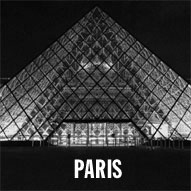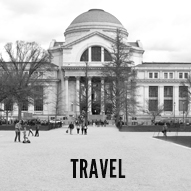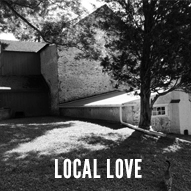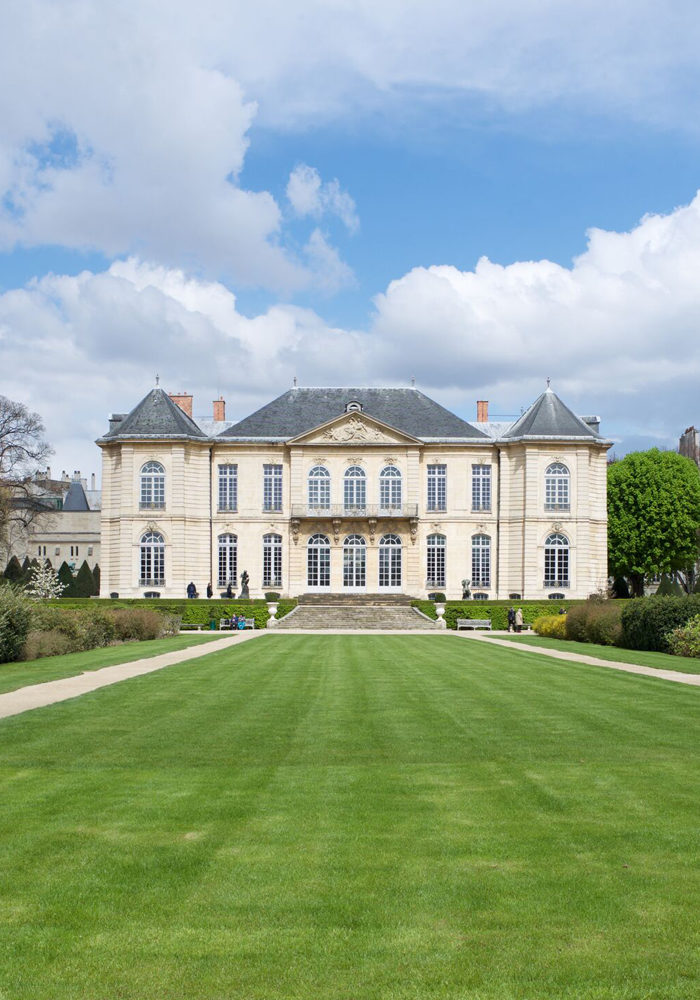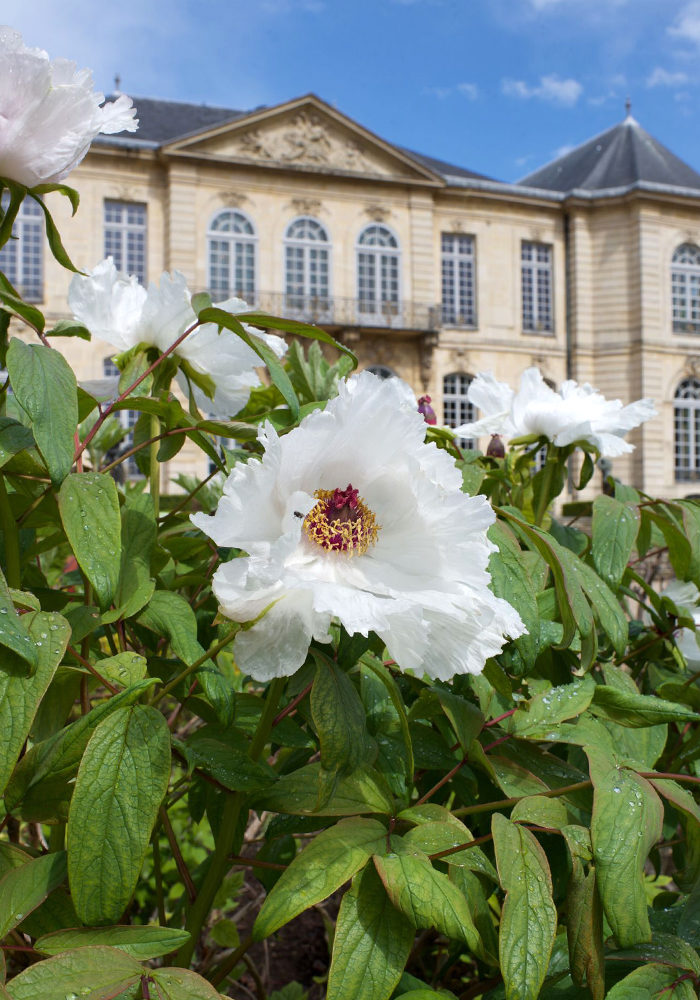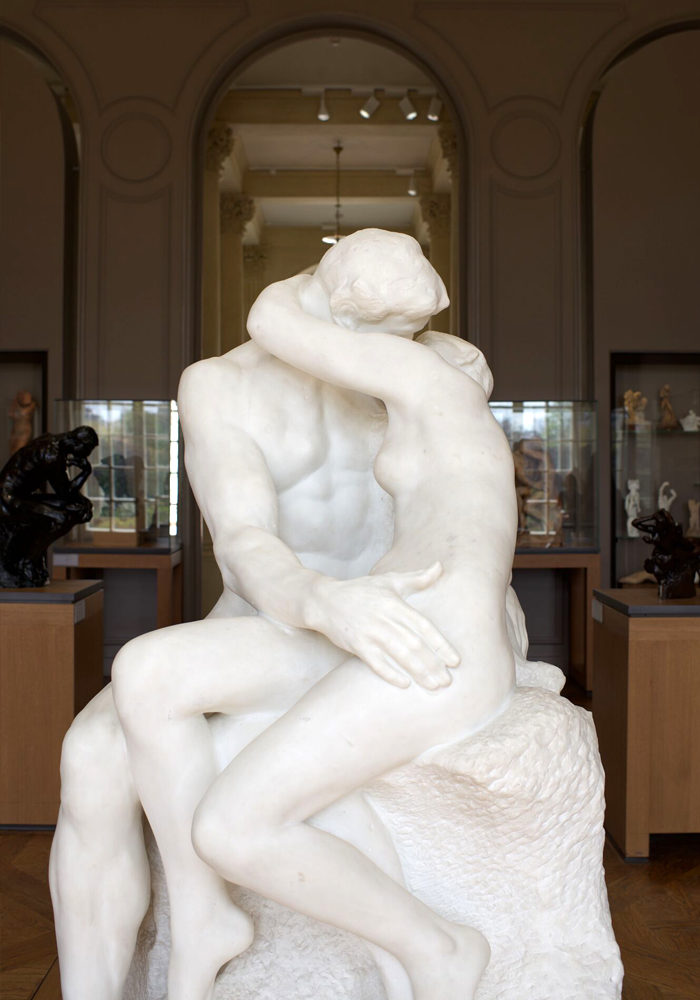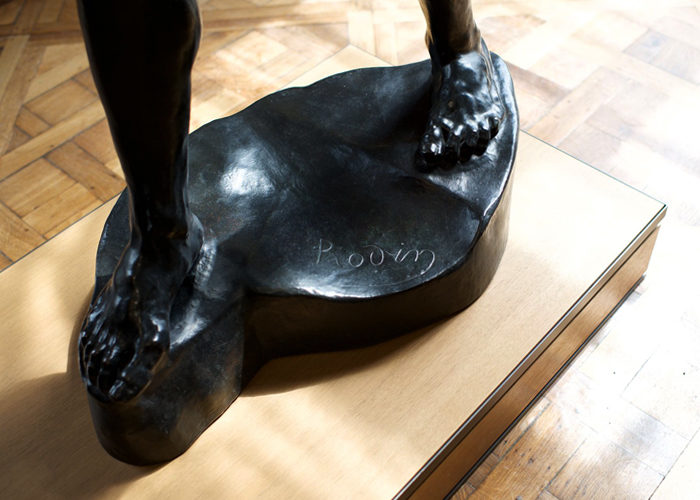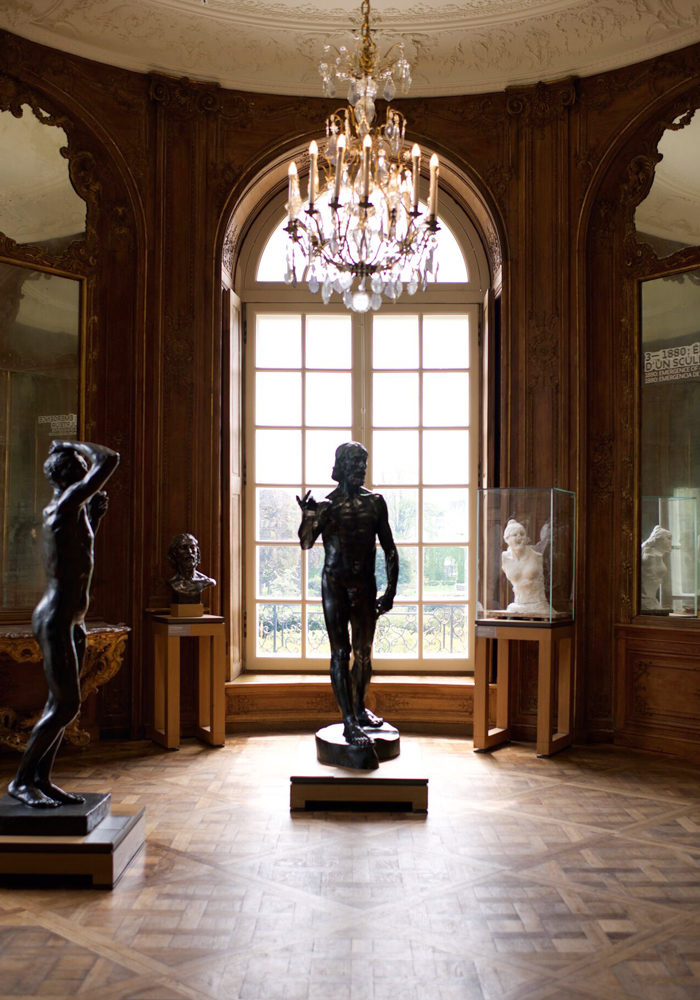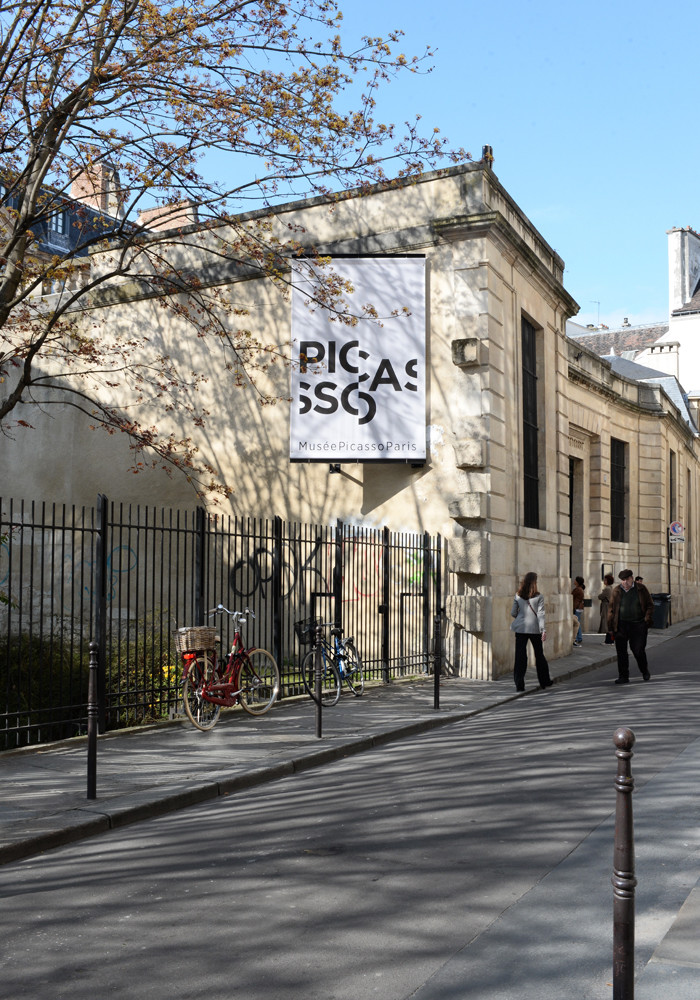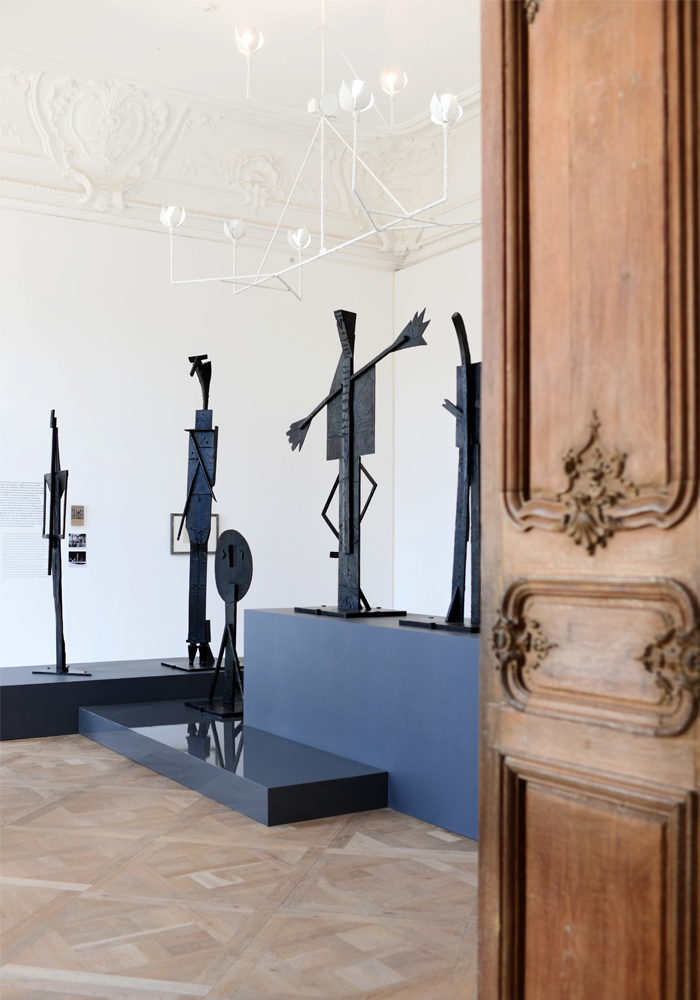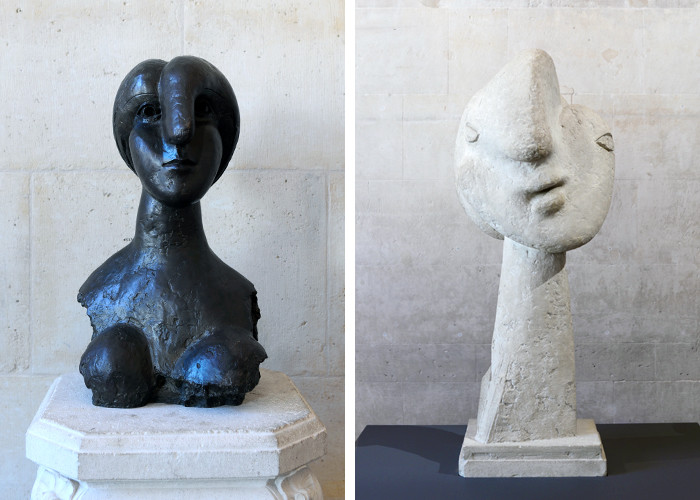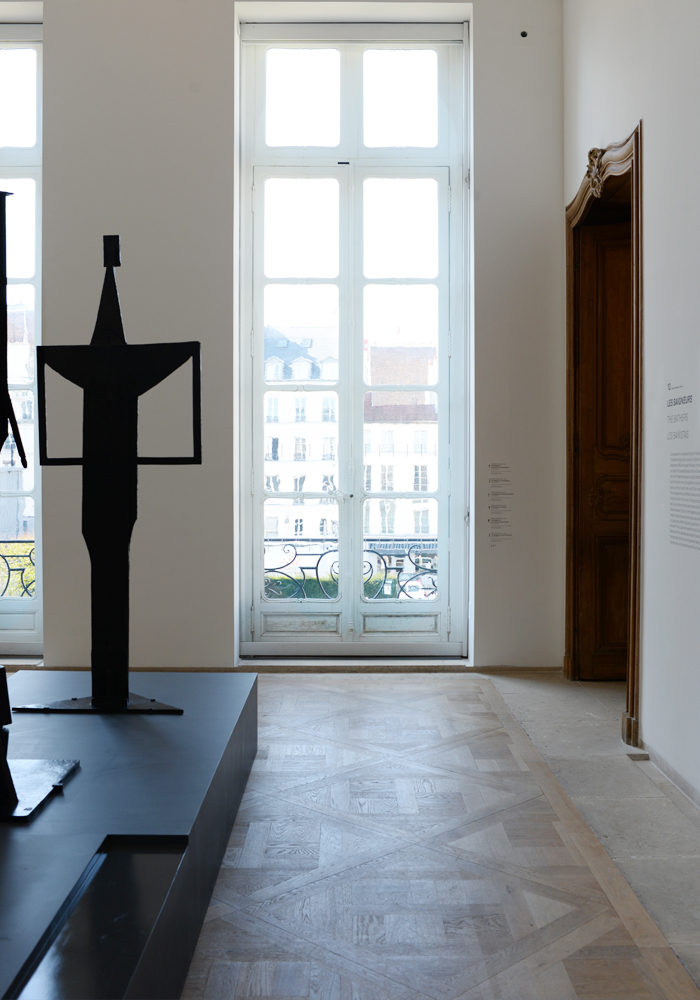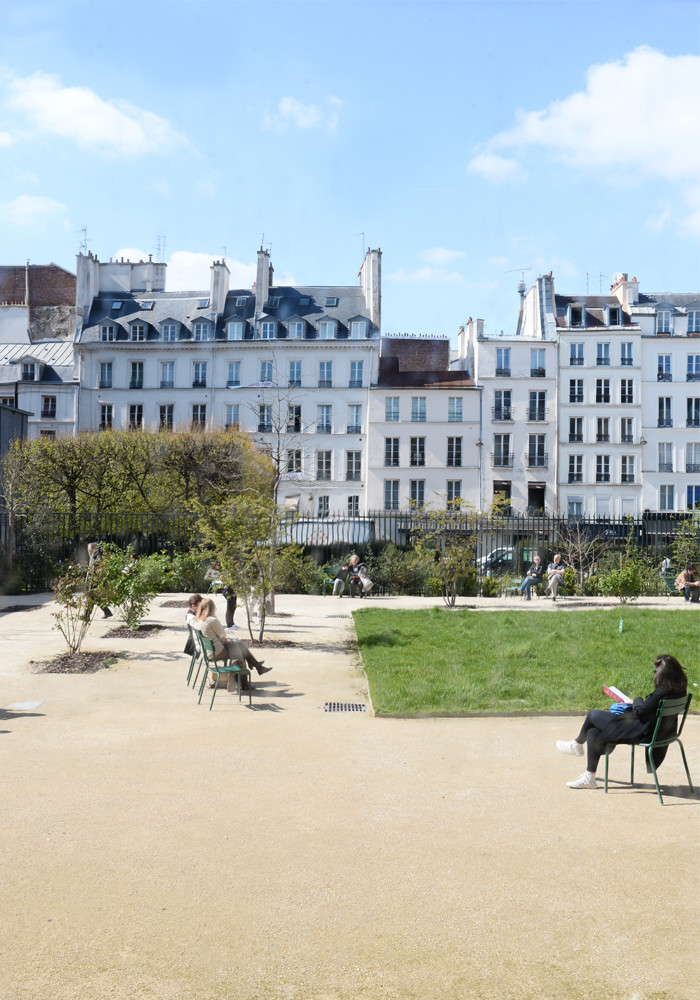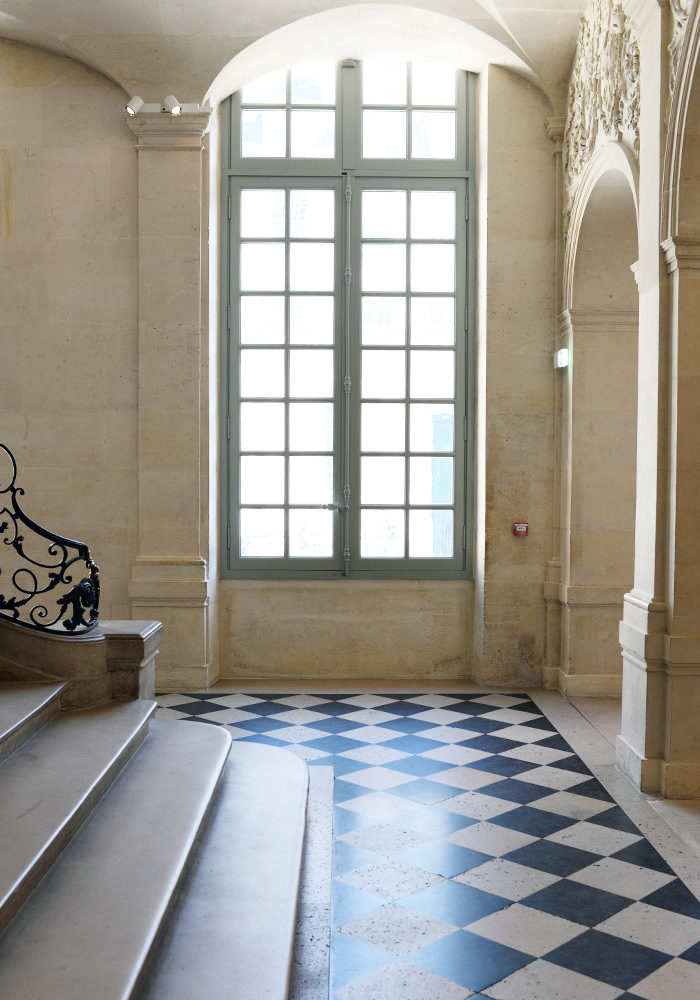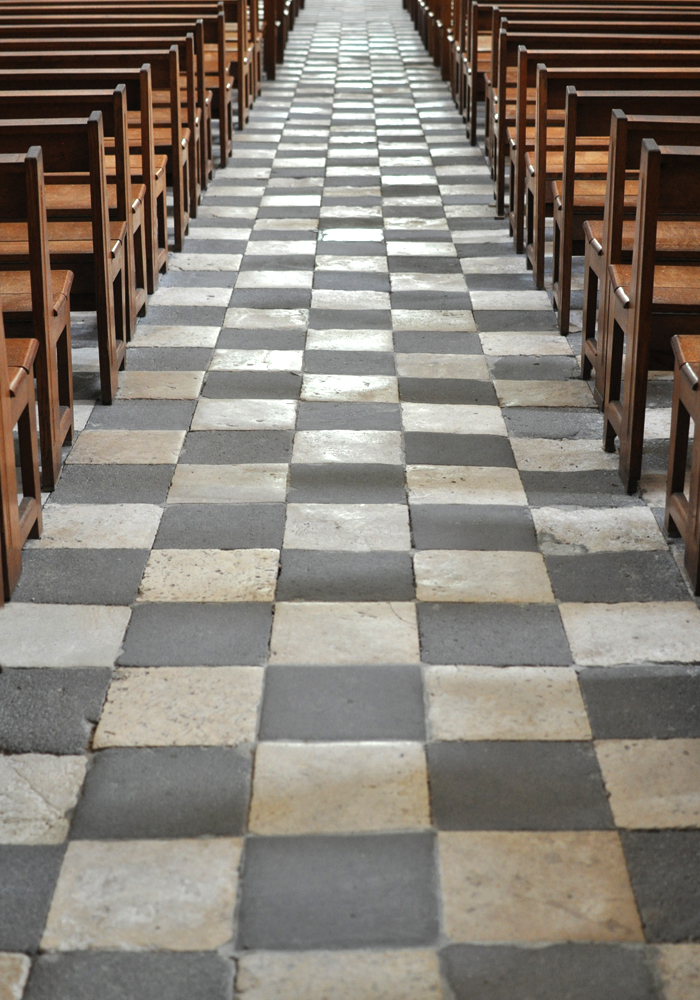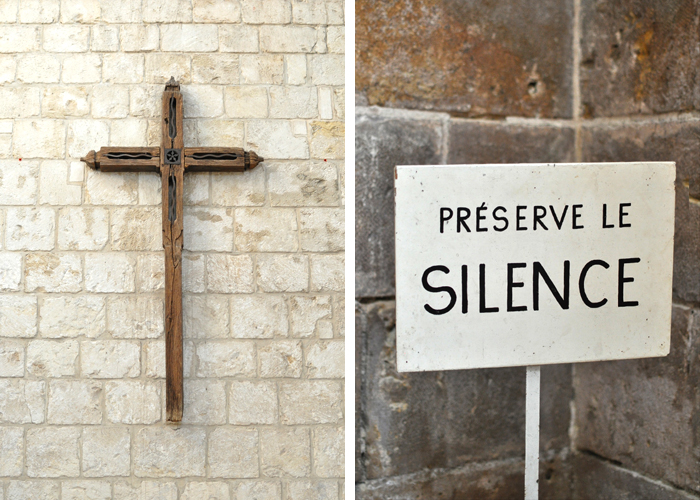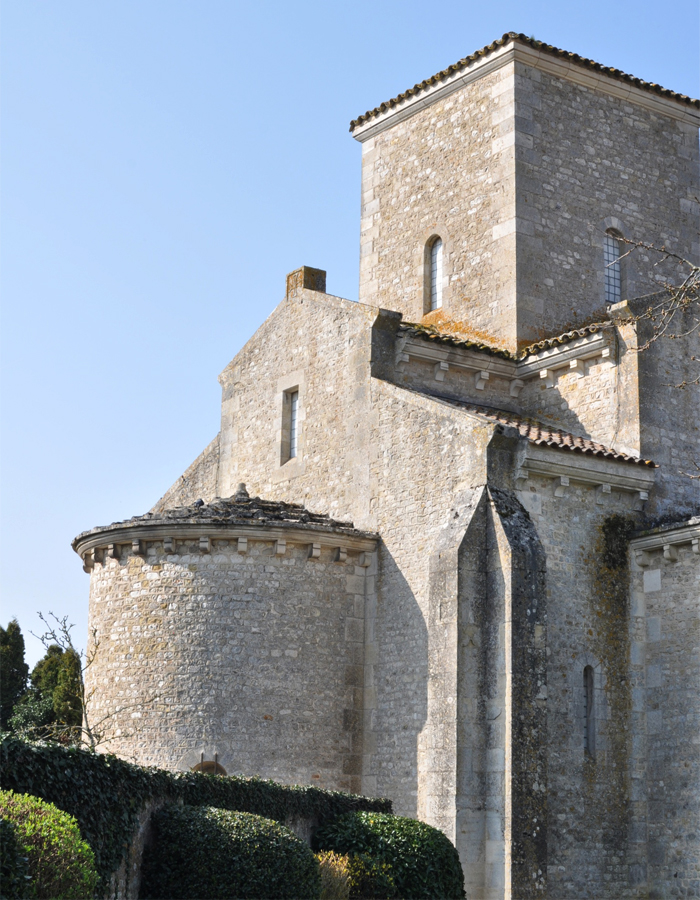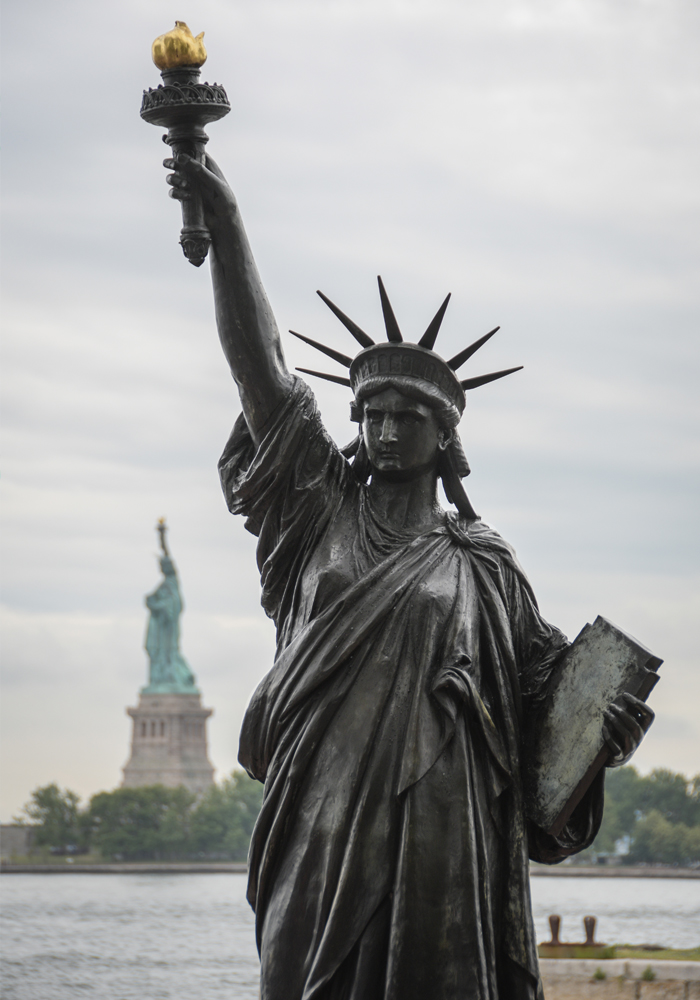
m
We all know this lady…or at least, we think we do. Her origins are lesser-known, and go beyond the fact that she was a gift from France (a fact that delights many Francophiles). Her little sister (shown above) recently made the trek from Paris to NYC at Ellis Island, and now rests at the home of the French Ambassador in Washington D.C. – you can learn more about her journey here. Did you know that there are over thirty copies in and around France?! Talk about a fun treasure hunt!
Lady Liberty became an icon of freedom and of the United States, yet many don’t realize that her original purpose was to commemorate the end of slavery. French author and anti-slavery activist Édouard de Laboulaye (who was a firm supporter of Abraham Lincoln and his fight for abolition), first presented the concept in 1865. In an early model by sculptor Frédéric-Auguste Bartholdi, she held broken shackles in her left hand, however he decided this would be too divisive in the days after the Civil War. He gave her a tablet instead, invoking the concept of law, and shackles at her feet.
Ellis Island didn’t open until six years after she was first unveiled, and the symbolism and original intention was sadly co-opted, lost and long-forgotten…so many of us were taught a different story in our textbooks. Thankfully, this fascinating and culturally significant history was finally given a well-deserved spotlight at The Statue of Liberty Museum (read more about that here). As Americans, it is imperative that we acknowledge and share this history. It is representative of the continued struggle of so many, both stateside and beyond–anyone who is “yearning to breathe free”.
image courtesy of C. Cornuat for @franceintheus #liberty2021
